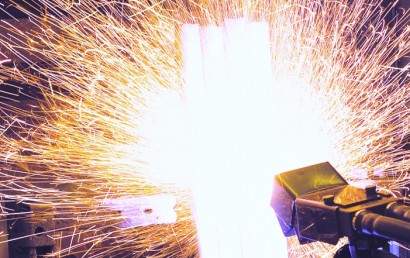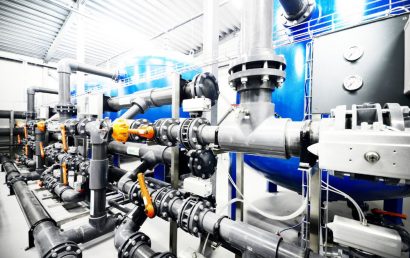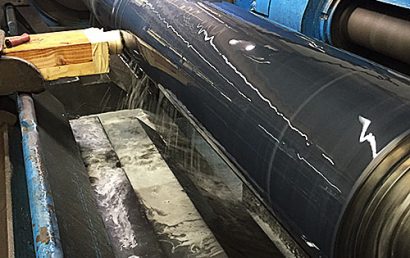Seeking Hard Chrome Replacement? Go HVOF Then!
Hard chrome plating is an established and verified technique to improve hardness, wear, anti-corrosion, and durability properties of alloys and metals. The process is often used for items such as gear shafts, motorcycle forks, and hydraulic piston rods. But the hard chrome plating method emits hazardous by-products like carcinogenic hexavalent; specialized disposing systems are required to handle these by-products.
There is something you need to know about R.E.A.C.H; it stands for Registration, Evaluation, Authorization and Restriction of Chemicals. It is a directive of the European Union, and the union has partnered with many manufacturing units in provision of an alternative to hard chrome plating. One of the most stimulating and non-hazardous alternatives to the conventional or hard chrome plating is the thermal spray coating process called the High Velocity Oxygen Fuel (HVOF) process.
The HVOF Process can Extend the Service Lifespan of Substrates
HVOF is a process of thermal spraying used for the restoration or improvisation of any material’s dimensions or properties, consequently extending life of equipment by radically increasing wear and erosion and corrosion resistance. HVOF techniques can produce coatings of extraordinary bondage and excellent hardness which provide protection against corrosion and wear.
HVOF is a Cost-Effective Thermal Spraying Process
HVOF coating is cost efficient and helps to keep cost of production in control. It also enables operations at high temperatures. The performance of the substrate and its electrical characteristics can be improved from the process. HVOF also enables the coated part to operate inside punitive environments and improves life of these components thus increased efficiency.
HVOF can Produce Coatings that have Strong Bonds and Low Porosity
The HVOF process is a unique one and consists of a blend of gases like propane, acetylene, methane, and natural gas, or hydrogen or liquids like fuel and kerosene too. A stream of powder is injected via heated gas, and then melted to deposit a coating on the substrate which is very strongly bonded and possess low porosity.
That’s why HVOF is being used to coat thick surfaces that require corrosion and wear resistant coatings. You could be looking at material surfaces like alloys, metals and ceramics. HVOF is better than hard chrome plating since it does not have micro cracks, which may cause corrosion on the substrate. There is a stark regularity in protection offered by HVOF as compared to hard chrome plating with tungsten carbide offering nearly a hundred fold superior plating over hard chrome plating.
The HVOF Process is Less Time-Consuming
HVOF plating takes only hours while the hard chrome multi-stage process usually takes up a full day to reach completion. This process requires less manual supervision as compared to hard chrome and hence automation is possible with HVOF. Prior to hard chrome plating, the substrate has to be cleaned, rinsed, degreased, grit blasted, and dried. Only then can the substrate be finished. Such is not the case with HVOF plating which is a four stage thermal spraying process wherein the substrate gets cleaned, sprayed, grit blasted, and then finished.
Keeping R.E.A.C.H in Mind While Selecting Hard Chrome Replacement
It is best to select the ideal method for plating and coating substrate to achieve the maximum end results. In order to find alternatives to hard chrome plating and/or opting for HVOF, it is best to keep R.E.A.C.H in mind, so as to avoid future headaches.



